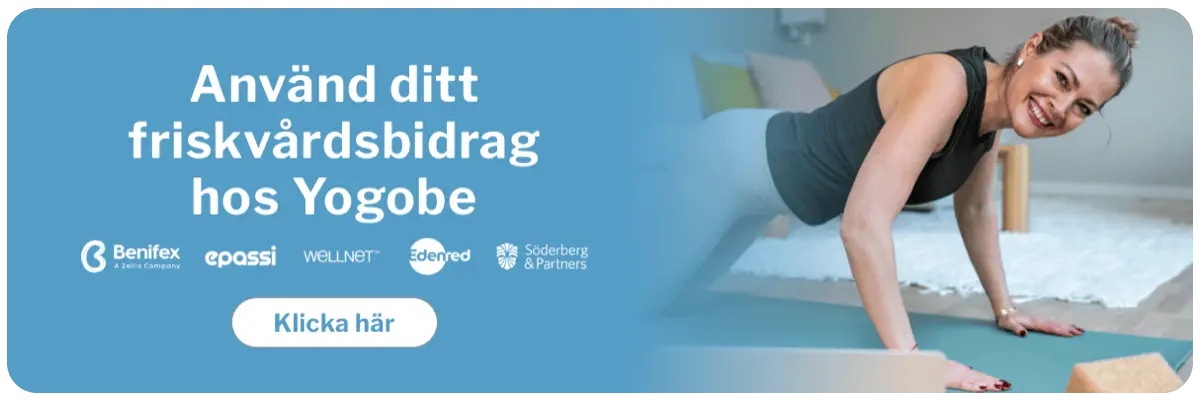Yinyoga places you in positions that are challenging for joints, ligaments, and muscles; positions that can hurt you if you leave them too quickly or aggressively. When you come out of a position, do it very slowly and use your hands to support your legs, gently contracting the muscles you’ve just been releasing while in the pose. It’s also beneficial to add a countermovement. For example, if you have been bending forward, sit upright and stretch backwards gently.
In Yin yoga you challenge deep tissues that the body normally protects from getting stretched, since they’re easily damaged by force. You may experience some discomfort, some shaking, or a slight feeling of instability. This is normal, especially when you are new to the practice. However, if a position causes severe pain or makes you so uncomfortable that it affects your focus or breathing, then you’ve gone too far and need to slowly come out of the pose.
Other warning signs that you’ve pushed too far are feelings of extreme weakness or instability, muscle spasms, or misalignments that you can’t correct. If you exeprience these things, take a break to breathe and then, if it feels right to your body, begin again, slowly and very carefully, stopping when you begin to meet your edge. Props are very helpful here.
Many people who come into contact with Yin yoga recoil when you mention that you work with the connective tissue and stretch it. But Yin yoga is not about stretching the connective tissue, more putting gentle stress on it over time for increased elasticity and circulation. For instance, in Yin yoga we never stretch knees side to side, as the knee is not designed to stretch in that direction. In Yin yoga we work toward full flexion and extension (bending and stretching), generally working only with the area around the hips, pelvis, and lumbar spine.
The medical community regards fascia primarily as a tissue structure that links together all the bones, muscles, nerves, blood vessels and organs of the body. But the fact is, fascia serves many purposes, such as being involved in movement and the transmission of force. According to new reserach fascia is regarded as part of the nervous system in that it provides a communication network throughout the entire body.
There are three basic systems associated with fascia: the articular (circulation), the neural (information process system) and the myofascial (anatomy) network. Fascia should also be looked at as a semiconductive communication network in that it is capable of sending nerve signals that communicate with each other throughout its network. This means that the fascia affects the whole body, not just one area or system.
Since we hold the poses longer in Yin yoga, breathing and keeping still; blood, nutrients, oxygen, and tissue fluids circulate to dry and compact tissue with poor circulation. At the same time, there is a purging of toxins and increased lymphatic circulation, while fluid accumulation decreases.
This text has been inspired by content from my book: Yin Yoga – An individual practice. If you like what you read you can buy it here.
More yin inspiration
Check out the four week yin yoga challenge. You can choose to go along with the whole month or just get inspired by all the blog posts.
Video recommendations
video id: fp68
video id: 8k5d
video id: f64x
video id: b4p6

Ulrica Norberg

